 From 1963 to 1967, the radicalization of Syrian politics and the frailty of the Syrian state played a major role in producing the Middle Eastern crisis of May 1967 and in pushing the region into the Six-Day War in early June that year. Since March 2011, the frailty of the Syrian state has resulted in a civil war that has become the single most important issue in the Middle East. This is the thread that connects the events of the mid 1960s to the current Syrian crisis.
From 1963 to 1967, the radicalization of Syrian politics and the frailty of the Syrian state played a major role in producing the Middle Eastern crisis of May 1967 and in pushing the region into the Six-Day War in early June that year. Since March 2011, the frailty of the Syrian state has resulted in a civil war that has become the single most important issue in the Middle East. This is the thread that connects the events of the mid 1960s to the current Syrian crisis.
Much has happened in the Middle East since 1967 that is not a result or a byproduct of the Six-Day War—the collapse of the Soviet Union, Iran’s emergence as a regional power, Turkey’s full return to regional affairs—but the frailty of the Syrian state, the failure to form a political community that will accommodate the country’s diversity has been a permanent governing factor in Syria’s and the region’s politics.
The 1950s and 1960s
The frailty of the Syrian state led, in February 1958, to its immersion in a larger entity, the United Arab Republic (UAR) created by the union of Egypt and Syria. The union failed and Syria seceded in September 1961. But Syria’s new rulers had a hard time consolidating the old-new Syrian state. In March 1963, the Baath party staged a coup in Syria (part of a long series of coups) forming the Baath regime of which today’s Bashar Assad is the latest ruler. Egypt’s leader, the great Gamal Abd al-Nasser, refused to recognize the legitimacy of the new Syria and his propaganda and subversion threatened to undermine the regime. Several months later, the regime’s leaders found a counter strategy.
As Israel was about to complete its National Water Carrier, carrying water from the Sea of Galilee and the Jordan River to the arid south of the country, Syria threatened to go to war in order to obstruct the project. To Arab eyes, this project would enable the young and small Israel to settle a large number of people in its southern region, consolidating its existence. In the 1950s, Syria’s then-conservative rulers were able to stop the project through the United Nations, and their radical successors felt that they could not allow themselves to fall behind.
The Syrian leaders also saw another advantage, however, an intra-Arab one: They knew well that Nasser, as a lesson of 1956, was not interested in being drawn into a premature war with Israel and calculated that their threat to go to war would force him to deal with them as legitimate partners. Nasser’s response was to convene the first Arab summit conference in Cairo in January 1964. The conference decided to respond to the water challenge by diverting the sources of the Jordan River before they reached Israeli territory, by forming a unified Arab military command, and by establishing a Palestinian entity, the Palestine Liberation Organization (PLO), in order to demonstrate that the conflict with Israel was essentially a national conflict.
During the next three years, this was the framework within which the Arab-Israeli conflict was laid out and exacerbated. Authentic Palestinian organizations, primarily Yasser Arafat’s Fatah (then still not the leader of the Egyptian-backed PLO) responded to the formation of the PLO by asserting their primacy in the struggle against Israel, launching terrorist operations against it. Syria and Israel clashed regularly over the diversion works, border issues, and Syria’s endorsement and support of Fatah as a manifestation of its new doctrine of Popular War of Liberation.
Inside Syria, internal conflict within the Baath party led to the February 23, 1966 coup that brought to power the party’s radical wing. In the new power structure there was a disproportionate number of members of Syria’s minority communities, first and foremost the Alawites (a small heterodox religious group related to, but distinct from, Shiite Islam). To the country’s Sunni majority, the regime has since been seen as an illegitimate entity controlled by members of a sect that many Sunnis do not consider a proper part of Islam. The regime weakness, its radicalization, and the escalating conflict with Israel led it to adopt ever more desperate actions which in turn met with an Israeli determination to punish and deter the regime. The prospect of a full-fledged Syrian-Israeli war that would have probably led to the regime’s collapse worried both the Soviet Union and Egypt, and led to the remilitarization of Sinai in mid-May 1967 as a way of deterring Israel. As is well known, these moves led ultimately to the June Six-Day War.
Ironically, Syria—which played such an important role in dragging the region to the brink of war—tried to minimize its own participation in it. Ultimately, this attempt failed and Israel decided at the last moment to capture the Golan Heights, after it had already defeated the Egyptian and Jordanian armies. Regaining the Golan Heights from Israel became an important issue for a Syrian regime that since 1970 was taken over by Hafez Assad (Bashar’s father) who, as minister of defense, in 1967 was formally responsible for the loss of the territory (important but not as consuming as regaining the Sinai was for Nasser and Sadat).
The 1970s
In 1973, Assad joined Egypt’s Anwar Sadat in launching the October war in order to regain the Golan. After initial success, the Syrian army was pushed back towards Damascus. Syria, as the junior partner in the war coalition, felt deceived by Sadat, who saw the war as a way for initiating a diplomatic move to regain the Sinai—his own territory. Syria did join the diplomatic process briefly and signed a disengagement agreement with Israel in June 1974, but parted ways with Egypt. While Egypt continued along the diplomatic path, signing a full peace treaty with Israel in 1979, Syria chose to rely on Soviet support and, after the 1979 Islamic revolution in Iran, on a new alliance with Iran. It was only after the collapse of the Soviet Union and the Gulf War of 1991 that Syria rejoined the diplomatic process and entered into peace negotiations with Israel that continued intermittently into 2011.
Hafez Assad, who seized full power in Syria in November 1970, was able to build a stable regime and a powerful state and to turn Syria into a regional power. Under his regime, a new elite was formed based on a new form of symbiosis and cooperation between Alawites, Sunnis, and Christians, and during most of his tenure he was seen by many Syrians as a legitimate—if brutal—ruler who provided the country with stability and respect. But underneath this surface the tension and animosity between Alawites and Sunnis continued. It broke out violently during the Muslim Brotherhood rebellion in 1979 to 1982. The rebellion was crushed violently by Assad in the famous massacre in the city of Hama.
Today
The tension burst out once again in the spring of 2011 as part of the Arab spring. Demonstrations began in southern Syria and were quashed violently by the regime, now led by Assad’s son, Bashar. These clashes developed gradually into a civil war and Syria soon became a scene of regional and international rivalries that have perpetuated the conflict into the present. More that half a million Syrians have been killed. About 10 million Syrians, almost half of the country’s population have been displaced: six million inside Syria and four million outside the country.
These latest developments have little to do directly with the events of June 1967 or with the Golan Heights. They are the outcome of the fundamental weakness of the Syrian state and the failure to form a viable political community. In this regard, Syria is not an exception in the core area of the Middle East (Iraq and Lebanon are two other cases in point).
At the same time, it is difficult not to ponder the question what would have been the consequence of the Syrian-Israeli peace agreement that failed to be made during the height of the peace process in the 1990s and during subsequent efforts (I was personally involved in those efforts as the lead Israeli negotiator during the Rabin-Peres government of 1992 to 1996). The argument is often made that Israel saved itself from the prospect of having the Islamic State in the Golan Heights, had it returned the territory to Syria as part of a peace deal. Had the Golan been returned, the argument goes, Israel would now face jihadi fighters on the international border between the two countries. This is a false argument. In fact, the argument can be made that had Syria made peace with Israel, and built a new relationship with the United States as part of the deal, the country would have opened up and the Syrian pressure cooker would have been released peacefully rather than burst as it did in March 2011.
The Brookings Institution is committed to quality, independence, and impact.
We are supported by a diverse array of funders. In line with our values and policies, each Brookings publication represents the sole views of its author(s).

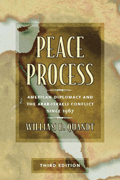

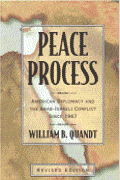

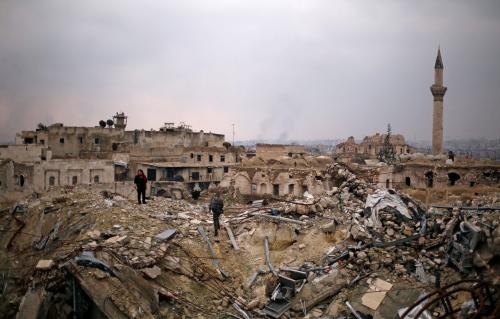


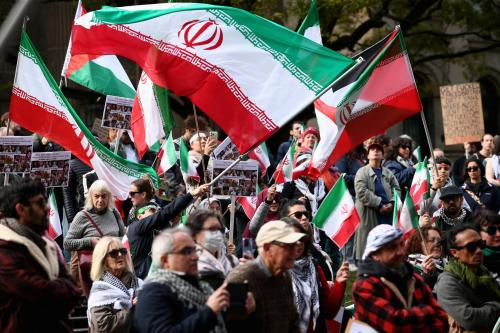
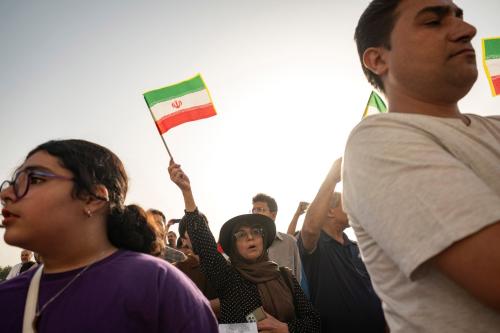
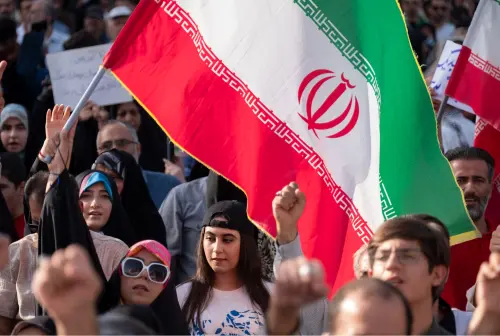
Commentary
Syria and the Six-Day War: A 50-years perspective
May 30, 2017